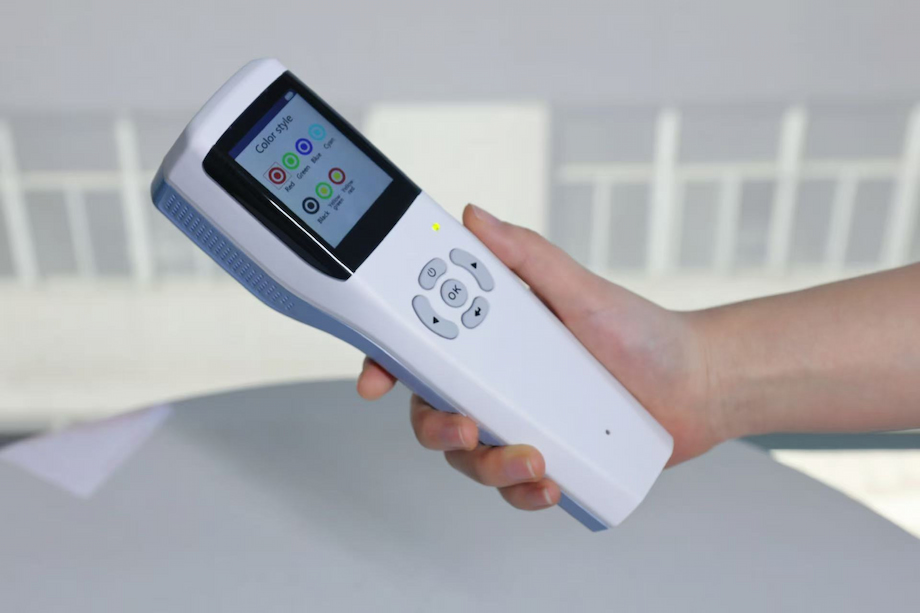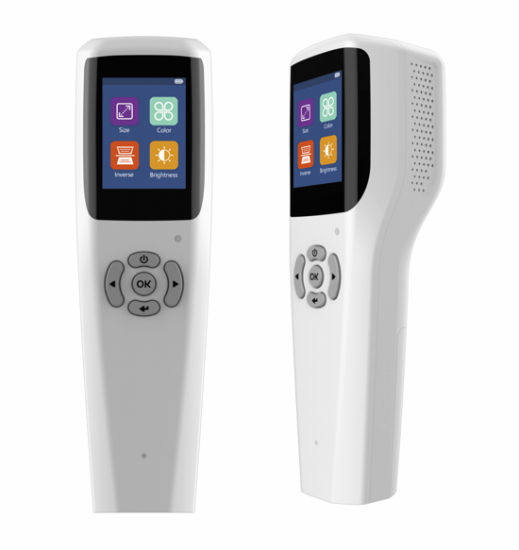The comfort and security of Vein Finder
I. Patient Comfort Experience
Comfort focuses on positive physical and psychological feelings, emphasizing “painless” and “relaxed”.
1- Contactless and pressure-free scanning process:
Experience: The device scans just a few centimeters above the skin without touching the body at all. Compared with the tight feeling of traditional tourniquets and the pressure sensation when nurses touch and search for blood vessels, this is a zero-invasive and zero-discomfort experience.
Value: Especially suitable for patients with sensitive skin, burns or trauma, it avoids the pain that may be caused by contact.
2- Painless and non-invasive imaging technology:
Experience: Vein Finder typically uses safe near-infrared light. The patient cannot see this kind of light and does not feel any stimulation at all, just like being illuminated by an ordinary flashlight. However, they can see the vascular images magically projected onto their skin.
Value: It eliminates the fear of technologies such as “radiation” and “laser”, and the process is very gentle.
3- Distract attention and relieve anxiety
Experience: For children and patients who are afraid of needles, seeing a clear image of the blood vessels on their arm is like an interesting “magic trick” or video game, which can effectively divert their attention from the upcoming puncture.
Value: Transforming a terrifying experience into a novel technological interaction significantly reduces psychological tension.
4- Shortened the anxiety time in the preparation stage:
Experience: Nurses no longer need to repeatedly touch and pat their arms for a long time to search for blood vessels. The “instant positioning” reduces the patient’s torment while waiting for puncture.
Value: The process is smooth and rapid, avoiding the prolonged anxiety caused by uncertainty.
Ii. Establishment of Patients’ sense of security
Security stems from a sense of “controllability” and “trust” in the process, emphasizing “reliability” and “peace of mind”.
1- The sense of control brought by visualization:
Experience: Patients can see the distribution of their subcutaneous blood vessels with their own eyes and understand the reasons why nurses choose puncture points. This “information transparency” endows patients with an unprecedented sense of participation and control.
Value: Transforming from a passive recipient to an active participant has greatly enhanced psychological security. “I can see it, so I’m relieved.” “
2- Expectations for high success rates:
Experience: The patient understands that the purpose of using high-tech equipment is to “hit the nail on the head”. This clear “expectation of success” directly offsets the fear of “repeated puncture failures”.
Value: Establishing a powerful psychological suggestion that “this operation will go smoothly” is the cornerstone of a sense of security.
3- Transfer of trust in the skills of medical staff:
Experience: Vein Finder is regarded as an authoritative auxiliary tool. The patient would think: “The hospital has introduced such advanced equipment, which shows that they attach great importance to and are committed to reducing my pain.”
Value: The equipment enhances patients’ trust in the professionalism of the entire medical team, and this sense of trust will translate into a sense of security.
4- Deep Reassurance for Special Groups
For parents of children: Seeing medical staff operate on their children in such a gentle and precise way brings great comfort.
For long-term patients (such as those undergoing chemotherapy) : Their blood vessels are fragile and in need of protection. Vein Finder can help select the best blood vessels and avoid damage. This “blood vessel protection” itself is a deep-seated commitment to safety.
Also welcome to contact us, we are ZD Medical Inc.
Tel : +86-187 9586 9515
Email : sales@zd-med.com
Whatsapp/Mobile : +86-187 9586 9515

